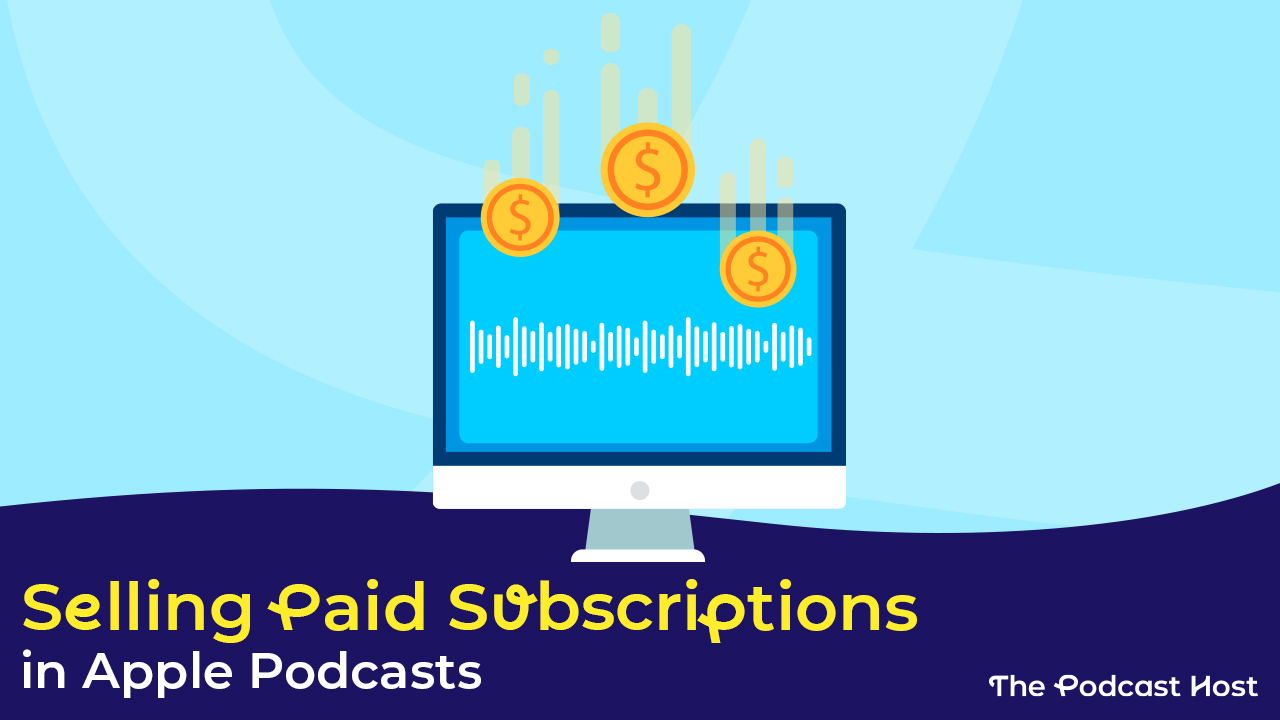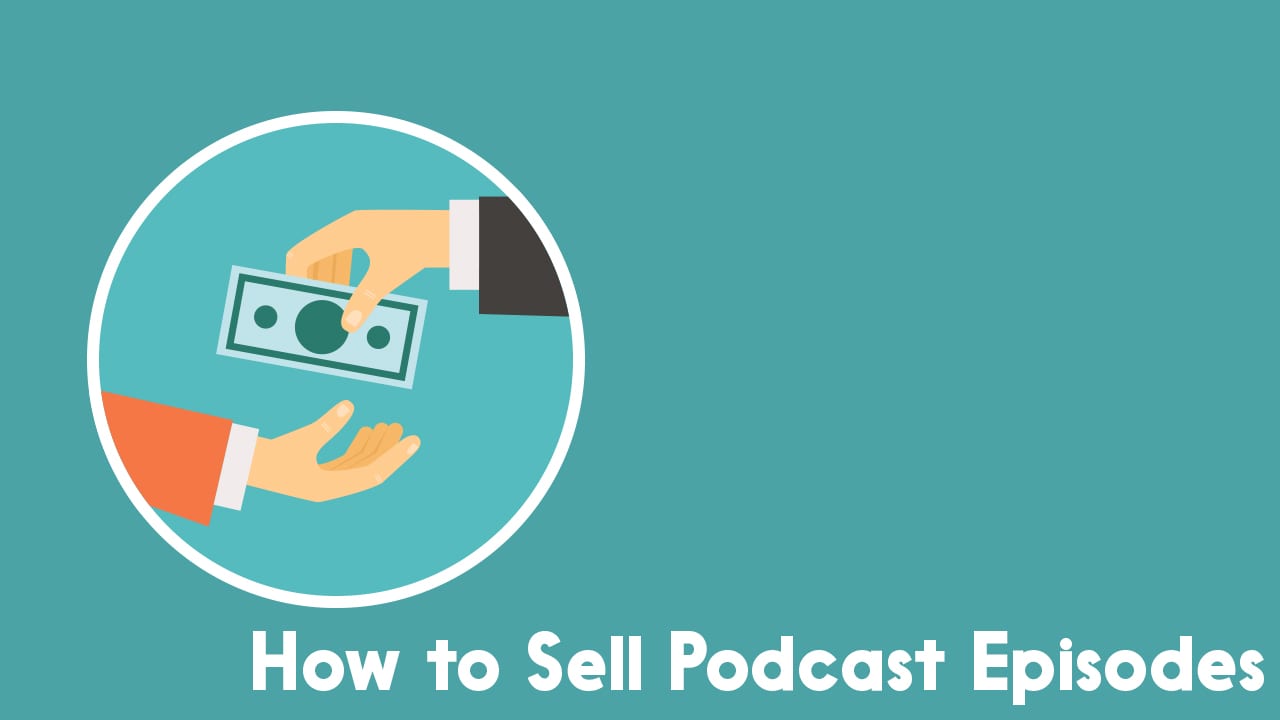Apple Podcasts has finally jumped on the subscription bandwagon with Spotify, Luminary, and others. Fortunately, creators can benefit, by selling paid subscriptions in Apple Podcasts. This isn’t an affiliate program, like Audible’s affiliate marketing (just one example). Podcasters maintain their show, sell subscriptions, and get paid. In this article, we’ll take a closer look at selling paid Apple Podcasts subscriptions, so you can determine if it’s right for your show. We’ll also look at what this means for listeners, and the podcast ecosystem as a whole.
What Does This Subscription Model Mean For Listeners?
Apple has sold subscriptions to Apple Music and Apple TV for a few years now. Their newest subscription model, Apple One, provides access to music, TV and movies, games, cloud storage, news feeds, and fitness workouts, for one price. This is easy for consumers to manage.
Apple Podcasts will still carry the free podcasts that audiences are used to. Whether or not podcasters choose to monetize those podcasts, well, that’s up to individual podcasters to decide. Though Apple Podcasts is one of the most popular, it’s not the only podcast listening app out there. Here are some of the best podcast listening apps, in case you want to try something different.
Episodes that are paid or freemium can’t be heard outside of the Apple Podcasts app. They’re exclusive.
What Can Podcasters Make from Selling Paid Subscriptions on Apple Podcasts?
Let’s get this out of the way, first. “How much money do podcasters make,” is a question with a wide range of answers and variables.
What do podcasters make from selling paid Apple Podcasts subscriptions? Apple stated: “you receive 70% of the subscription price at each billing cycle, minus applicable taxes. After a subscriber accumulates one year of paid service, your net revenue increases to 85% of the subscription price, minus applicable taxes. Your other podcast revenue — including any ads — will stay 100% yours.”
Podcasters pay an annual fee to join. It varies, depending on your home country.
Note: your podcast can be a paid subscription on Apple Podcasts, and include ads or other sources of monetization. They won’t make you take out any mention of your crowdfunding, such as Patreon. You can talk about a sponsor. But, selling paid Apple Podcasts subscriptions means your paid or freemium episodes are hosted by Apple, not with another media host. This precludes any dynamically inserted ads (such as in Podbean Ads Marketplace).
Again, content you designate as paid is exclusive to Apple Podcasts.
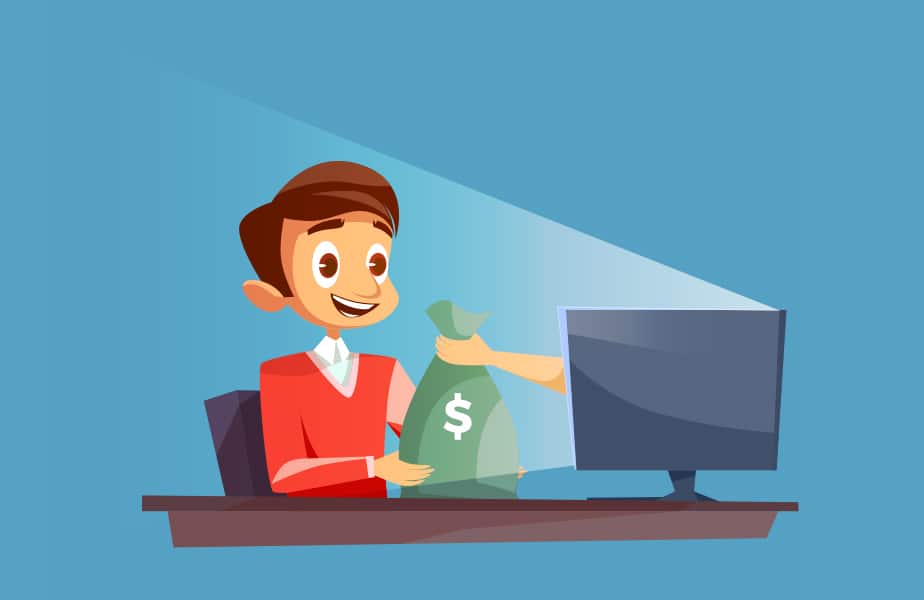
How to Start Selling Paid Subscriptions with Apple Podcasts
Firstly, you have to start a podcast. Got one? Good. They don’t grow on trees, you know.
Sign In to, or Join Apple Podcasts Connect
Define yourself as an individual or a company. If you’re a company, add additional users to your account (you might want other people in your team to be able to check stats and so on). Agree to Terms of Service. If you’re working with a hosting provider to offer free podcasts via RSS feeds, you’re ready to go. You can start submitting shows to Apple Podcasts.
Sign up for the Apple Podcasters Program.
First, you have to complete the Apple Podcasters Program agreement. You will need to provide:
- Contact information- this has to be what your
- Tax info. As an example, if you’re an individual in the US making a podcast just for fun, you still have to fill out a W-9 form.
- Banking info. This includes your account number and your ABA Routing number. They won’t send you the money through PayPal or Wise or something sensible like that.
- User Roles: This is where you put in the contact information for whoever is in charge of legal, marketing, analytics, and so on.
- If you use one, submit a request for a DBA (“doing business as”) or Pen name.
Personally, I think it’s brilliant that Apple makes podcasters cover all of these bases and set all of this information up right at the beginning. You truly never know when a podcast will suddenly become a viral, overnight sensation, making zillions of dollars.
Once you’ve paid the fee, Apple Podcasts for Creators could take up to a day to set up your account.
Set up Your Content for a Subscription.
Here’s where things get interesting. Apple knows that once people make one podcast, they want to make more. They’ve set up Apple Podcasts for Creators accordingly. Apple offers step-by-step explanations for how to set up your subscriptions. It’s easy to get distracted by all of the steps and lose sight of the bigger picture. I want to give you the broader concept so you understand it. Think about your content like one of those matryoshka nesting dolls.
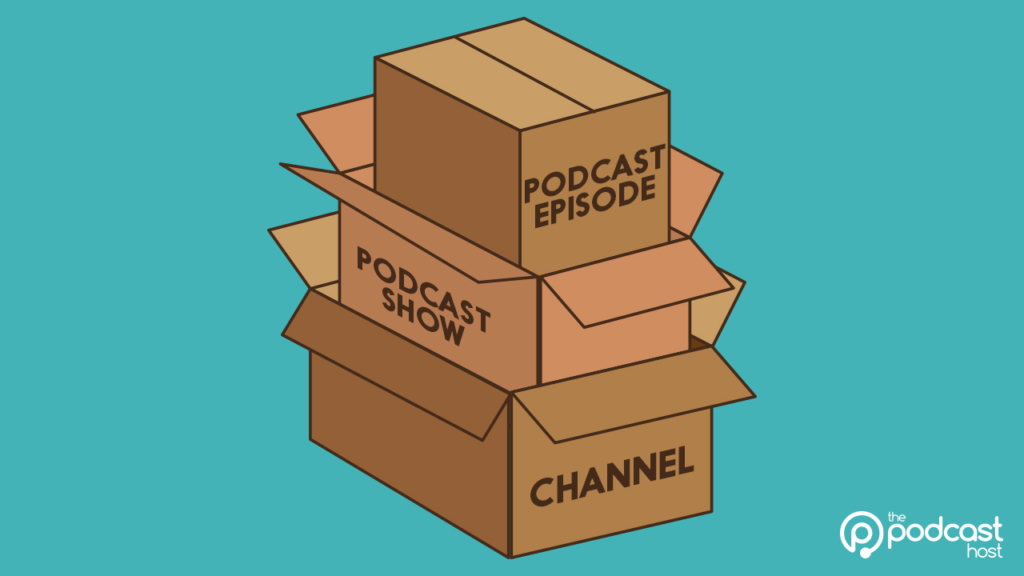
The outermost doll is your Channel. This is your brand, your business, your production company, the umbrella for your work.
The next doll is your Podcasts. Apple uses the word “podcast” and “show” interchangeably.
Each Podcast doll contains Episodes. These episodes can be free or paid. A “freemium” podcast is Apple’s term for, “most of the episodes in this podcast are free, but the audience has to pay for this one.”
If you’ve already have had a podcast available through Apple, you’re in good shape. Your Channel would have a Podcast in it with Free Episodes. These episodes’ audio files would be stored at the media host of your choice, and they would go to the Apple Podcasts directory via an RSS feed. That hasn’t changed.
To add a podcast for subscribers only, the process looks almost exactly like setting up a new podcast in a media host like Buzzsprout. Select which countries Apple Podcasts’ directory publishes it to. Affirm that your show doesn’t contain any third party-content (or, if it does, that you’ve obtained the rights to use it). You upload the episode directly to Apple. It’s not hosted elsewhere. Again, when you’re selling paid Apple Podcast subscriptions episodes, those episodes are exclusive content.
You can schedule a time window for when the episodes are available. Normally, your media host can do this too. This is something important to keep in mind for incentives later, when you’re selling episodes.
Be Mindful of Your Episode Titles and Numbers.
Let’s say you have a show submitted to Apple via an RSS feed, and you want to have a subscriber-only bonus episode. Apple wants to preserve the order of your episodes, whether free or paid. So, if the episodes you have available via RSS are Episodes 1 through 10, the subscriber-only episode that you upload to Apple should be numbered 11. Then the next episode submitted to your media host would be numbered 12, and so on. This way, Apple Podcasts users see all of your podcast’s episodes as one continuous timeline (whether free or paid).
Selling Apple Podcasts Subscriptions
What choices make the most sense for your podcast? Here are some of the options Apple recommends.
- Ad-free podcast episodes. You upload your episode’s audio file to your media host, including whatever sponsorship you currently use. You also make a second version of the podcast episode’s audio file, without ads or sponsorship. This is the one that you upload to Apple. Users will see both kinds of episodes listed. But, only people who have paid for an Apple Podcasts subscription can unlock the ad-free version.
- Archive Access or Early Access. Remember how I mentioned setting up your subscription episodes to publish at a certain time, or become unavailable at another? You can host and publish your episodes on Apple, as well as on an RSS feed, but manipulate the release time window. This way, either your Apple Podcasts subscribers get the latest episode early, Or, maybe only your loyal fans get access to your back catalog of episodes.
- Exclusives by episode, podcast, or channel. Podcasters can find their balance between free and paid content however they like. Apple recommends having at least one episode be available for free, so that new audiences can tell if your show is right for them. This is another reason why it’s a good idea to have an Episode Zero. At the very least, you should have a podcast trailer.
- Podcasters choose their own benefits and marketing messages. You choose from a list of benefits Apple offers. The banner message is up to you. The message doesn’t have to be, “Subscribe to get access to bonus episodes.” It could be, “if you want the episodes with cake recipes, cough up the dough.”
- Set your own pricing. The minimum cost to subscribe to a podcast is 49 cents in the US (it appears that billing is monthly). You can also choose free trials with different grace periods. Apple displays the pricing with respect to the user’s location.
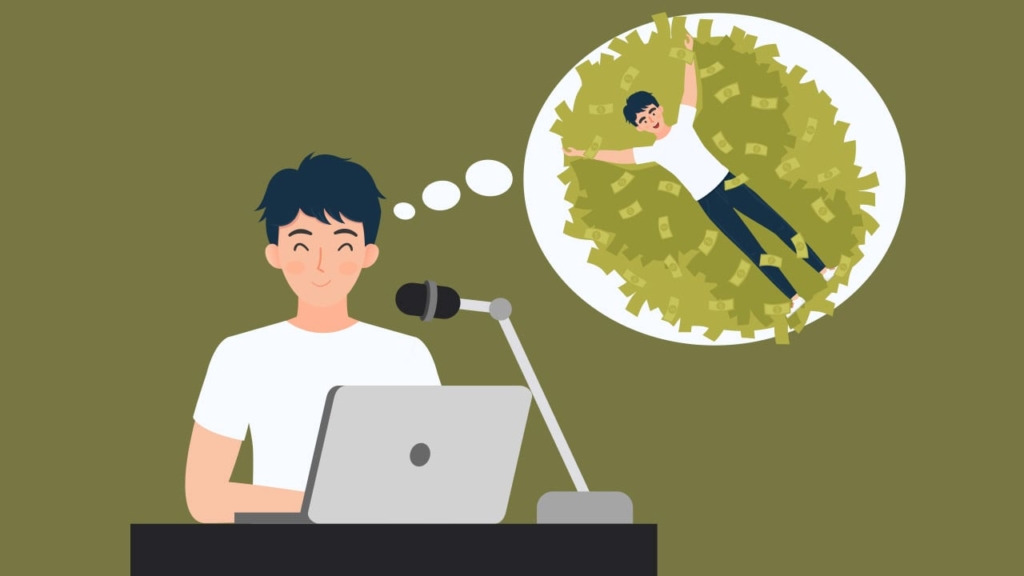
Bear in mind what the market will bear.
Be mindful of your audience, and what they’re able to pay. Don’t forget that Chapo Trap House has raised an absurd amount of Patreon pledges with a low price tag. Make sure to give your audience appropriate value for their money. If you want, you really could start selling paid Apple Podcasts subscriptions by starting a subscription podcast called Billionaire’s Cheering Squad, fill it with motivational messages for billionaires only, and sell it on Apple Podcasts for $1K a month. I’d be very curious to see how that worked out.
Selling Apple Podcasts subscriptions is a lot of work, at the outset. There’s a lot of personal information you’re sharing. Frankly, I’m surprised that Apple Podcasts didn’t entrust the Apple Podcasters’ Program’s payment process to a third party, like PayPal or Wise. Then again, maybe it’s not so surprising.
There are as many ways to monetize your podcast as there are kinds of podcasts. Which is to say, a lot. At Podcraft Academy, we can help you grow your show in all kinds of ways. We’ve got video lessons, downloadable guides, checklists and specific tasks you can do to start a new show, or improve an existing podcast. Plus, Alitu, the all-in-one podcasting tool, can automate the hard stuff and edit the rest, with drag and drop tools. Won’t you join us?
